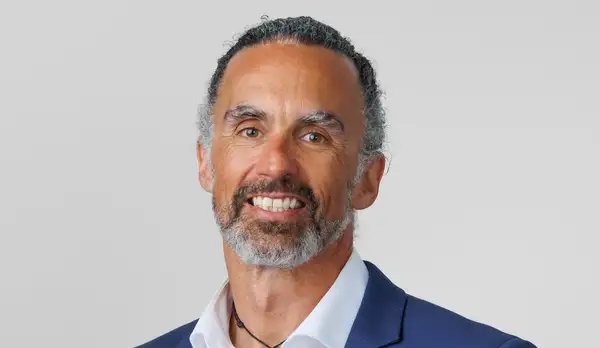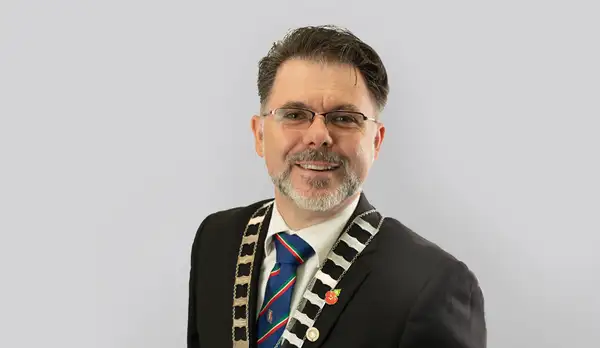Kaunihera ā-motu
-
National Council



The National Council acts as the governing body of LGNZ. Its role is to set and guide policies for LGNZ and ensure they are being achieved.
National Council members are elected from council/kaunihera member groups:
- the seven geographical zones
- the four sectors, metro, rural, regional and provincial
- the Te Maruata and Young Elected Members sub-committees.
For the three-year electoral cycle that commenced following the 2022 Local Government Elections, membership of the National Council is as follows:
National Council
-
Sam Broughton
 LGNZ President
LGNZ President -
Campbell Barry
 Vice President, Zone 4 representative
Vice President, Zone 4 representative -
Moko Tepania
 Zone 1 representative
Zone 1 representative -
Toby Adams
 Zone 2 representative
Zone 2 representative -
Craig Little
 Zone 3 representative
Zone 3 representative -
Dan Gordon
 Zone 5 chair and representative
Zone 5 chair and representative -
Ben Bell
 Zone 6 representative
Zone 6 representative -
Toni Boynton
 Te Maruata representative
Te Maruata representative -
Iaean Cranwell
 Te Maruata representative
Te Maruata representative -
Paula Southgate
 Metro sector chair
Metro sector chair -
Vince Cocurullo
 Metro sector representative
Metro sector representative -
Jules Radich
 Metro sector representative
Metro sector representative -
Rachel Keedwell
 Regional sector representative
Regional sector representative -
Rehette Stoltz
 Regional sector representative
Regional sector representative -
Alex Walker
 Rural sector chair and representative
Rural sector chair and representative -
Neil Holdom
 Provincial sector chair and representative
Provincial sector chair and representative -
Alex Crackett
 Young Elected Members representative
Young Elected Members representative
Audit and Risk Committee
Membership of our audit and risk committee (a committee of National Council) is as follows:
- Giselle McLachlan, Independent Chair
- Sam Broughton, President, LGNZ
- Campbell Barry, Vice President, LGNZ
- Alex Walker, Mayor, Central Hawke’s Bay
- Rachel Keedwell, Chair Horizons
- Moko Tauariki, Te Maruata, Hamilton City
Significance and engagement policy
Purpose of this policy
This policy sets out LGNZ’s general approach to engaging with members. It also specifies what a significant decision is, and places requirements on National Council when preparing to make these.
Engagement with members
National Council is elected by the membership of LGNZ. LGNZ’s Rules in turn empower National Council to make governance decisions. This includes setting strategic direction, which empowers staff to undertake their work.
Feedback from members informs both decision-making by National Council and operational work by staff.
The type and extent of engagement will reflect the nature of the issue concerned. The greater the impacts, interest of members, and role or influence of LGNZ, the greater the engagement will be undertaken.
Examples of types of engagement
| Inform | Our website | |
|---|---|---|
| Social media | ||
| Emails and newsletters | ||
| Updates at zone and sector meetings | ||
| Consult | Workshops (virtual and in-person) | |
| Circulation of draft submissions or discussion papers for feedback and input | ||
| Discussions at zone and sector meetings | ||
| Working groups | ||
| Involve | Use of participative democracy mechanisms | |
| Remits at Conference | ||
| Constitutional amendments | ||
| Polling of membership |
Engaging on significant decisions
Significant decisions are decisions with specific characteristics, including:
- Entering into binding agreements with third parties that:
- would have a material or perceived impact on the objects or powers of LGNZ; or
- would restrict LGNZ’s ability to engage with or advocate on political decisions or reform; or
- relate to decisions that would impact on major roles and functions of councils or the nature of local government in New Zealand.
If a decision is significant, then National Council must engage with members before making it.
This engagement would be via either:
- a poll of all member councils; or
- a remit, item of business, or rule change put to an AGM or SGM.
Note: changes to the Rules of LGNZ have an existing prescribed process set out in section K of the Rules.